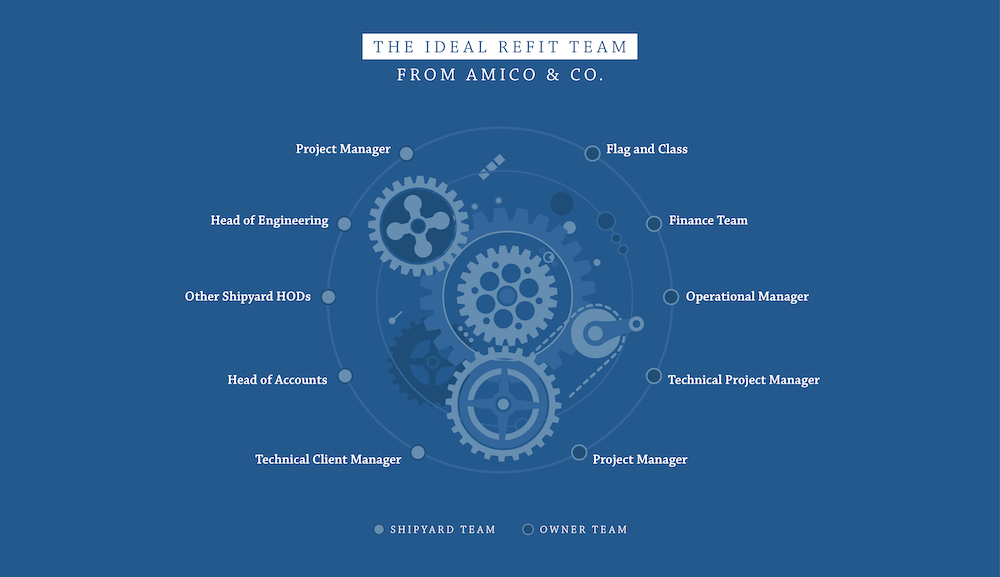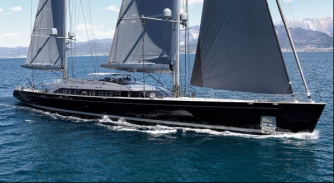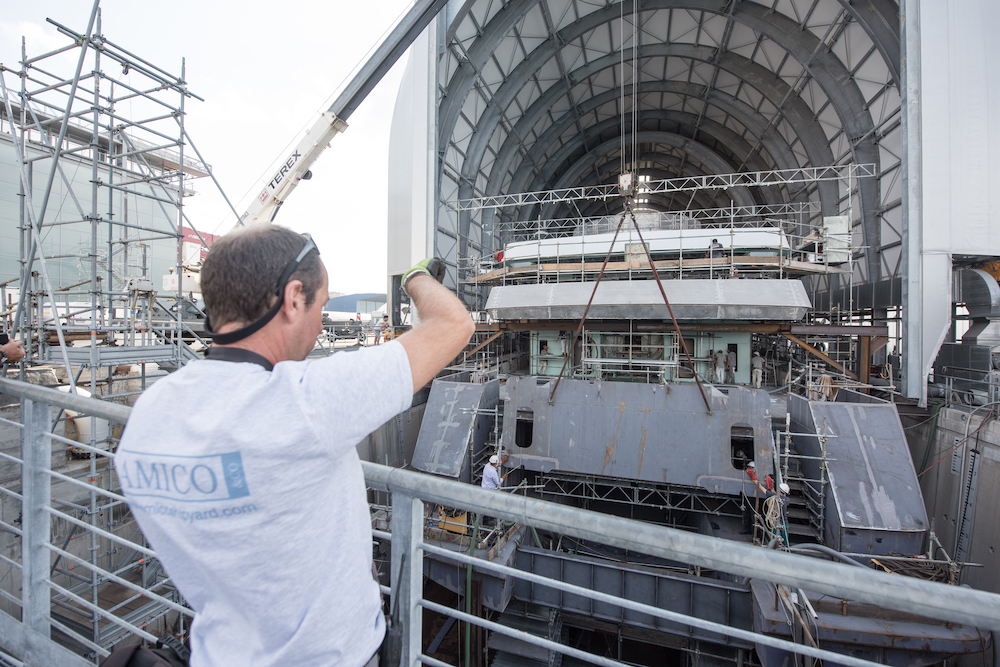A well-oiled machine
The composition of a refit team and clear lines of communication are vital for a successful refit…
Selecting the right shipyard is only the first stage in what can be a long and complex process. Herein the team at Watermark Yacht Management explore best practice for building the right team for a refit, outlining where the key responsibilities lie.
“When you sit down to consider a refit, there are few people that need to be round the table,” starts Feargus Bryan, director at Watermark Yacht Management. “Class and flag need to be at the table every time, even if they aren’t going to play a particularly active role in the refit, if they are aware of the scope of the work then it enables them to react to situations more effectively. The owner’s team should bring in flag and class. Equally, the shipyard should be round the table, because the more you have these conversations, the quicker you can establish a working relationship once the works begin.”
Of the other individuals, from both the owner’s side and the shipyard, who should be involved early in the process Bryan includes both opposing project managers, the shipyard’s head of engineering, the head of deck works and the head of accounting. From the owner’s team he further includes the finance team and the operational manager. Whether or not these individuals all have to be on site every week will vary from project to project, however, Bryan believes that strong working relationships and excellent communication between these individuals is essential for a successful refit.

“You have to establish the lines of communication early and you have to establish the rules of communication. Typically, both project managers should be copied into any correspondence that goes back and forth between the shipyard, with the inclusion of the captain as well,” continues Bryan. “You need to establish how decisions are going to be made and when the owner’s team is going to be in the yard. The shipyard also needs to understand that there is a clear line of responsibility and decision making from the owner’s team, without that the shipyard may lose confidence in the owner’s team.”
The technical project manager and his opposite man are the individuals that are ultimately responsible for the refit; they are responsible for all the documentation and decision-making. Ultimately, it is their role to get the project out on time, on budget and to the quality standards required. But, it is the role of the technical manager and operational manager to liaise with the crew and the other stakeholders that might be involved. It is the role of the financial manager, who will work closely with the operational manager, to oversee decisions that will impact budget.
The processes for the flow of information must be adhered to by both the shipyard and owner’s team to ensure that decisions are made in a timely manner, these decisions will ultimately have a profound effect on whether or not a given refit is likely to be completed on time and on budget.
“Far too often on projects we have seem teams structured in such a way that you would think they are opposing one another rather than supporting each other,” explains Jacqueline Lyne, director of Watermark Yacht Management. “We have noticed particularly with less experienced captains that the build process can become competitive and fall into points scoring if the two teams do not respect each other or respect the lines of communication and decision making that were put in place to avoid such issues.”
Unlike a new build project, it is also important to remember that, save for the very largest and most complex refits, the crew may still be living on board and, therefore, IMS and ISPS requirements must be adhered to. It is therefore essential that the operational manager from the owner’s team remains extremely close to the project throughout given that they will be reviewing various budgets and making sure that the refit budget does not beyond what is feasible and that the completion of the project is on track to allow the superyacht to begin its cruising itinerary when originally planned. The operations manager will work closely with the project manager and captain to ensure that the vessel will slip seamlessly into full operations once the refit is complete.
“Certainly the one of the things that strive for when working with quality shipyards like Amico is to try and develop a slightly more strategic approach to refit and maintenance because the key to keeping the boats operational is refitting and preplanning. If you're if you're in a situation where the boat is just stumbling blindly from season to season, it is going to end up very bad for the owner and the boat,” explains Bryan.
That being said, while extensive pre-planning is invariably preferable, one of the areas where the world’s premium shipyards are able to distinguish themselves from the competition is their ability to work in a flexible and accurate manner in the instances where a high-level of pre-planning was not available or where works that had previously not been highlighted are required. It is in these instances that the relationship between the yard and the owner’s team is particularly vital. Without clear lines of communication and mutual respect, challenging works that require a high degree of skill and flexibility will become even more challenging,
As superyachts continue to grow in size and complexity so to do the refits. As refits become increasing large and challenging, excellent management and communication have become an essential part of the process and shipyard teams and owner’s teams need to work harmoniously.
Photo credit: Amico & Co // Freaklance
NEW: Sign up for SuperyachtNewsweek!
Get the latest weekly news, in-depth reports, intelligence, and strategic insights, delivered directly from The Superyacht Group's editors and market analysts.
Stay at the forefront of the superyacht industry with SuperyachtNewsweek
Click here to become part of The Superyacht Group community, and join us in our mission to make this industry accessible to all, and prosperous for the long-term. We are offering access to the superyacht industry’s most comprehensive and longstanding archive of business-critical information, as well as a comprehensive, real-time superyacht fleet database, for just £10 per month, because we are One Industry with One Mission. Sign up here.
Related news


Learning to listen
Is advisor influence negatively impacting the superyacht market’s variance?
Design

Show me the worklist
Dani Puig, CEO of Yacht Work List, discusses the development of a new digital platform for worklist management
Technology

How long is a piece of string?
Are LOI periods for large custom projects sufficient? Could innovation budgets be a potential solution?
Business

The sniff test
KYC and proof of funds checks are not infallible; stakeholders must trust their instincts and act accordingly
Business

The Perini Navi insolvency explained
Exploring Perini Navi’s insolvency to date and considering the next steps for the yard, its creditors and its owners
Business
Related news
We are what you sell
5 years ago
Learning to listen
5 years ago
Show me the worklist
5 years ago
How long is a piece of string?
5 years ago
The sniff test
5 years ago
The Perini Navi insolvency explained
5 years ago
NEW: Sign up for
SuperyachtNewsweek!
Get the latest weekly news, in-depth reports, intelligence, and strategic insights, delivered directly from The Superyacht Group's editors and market analysts.
Stay at the forefront of the superyacht industry with SuperyachtNewsweek




